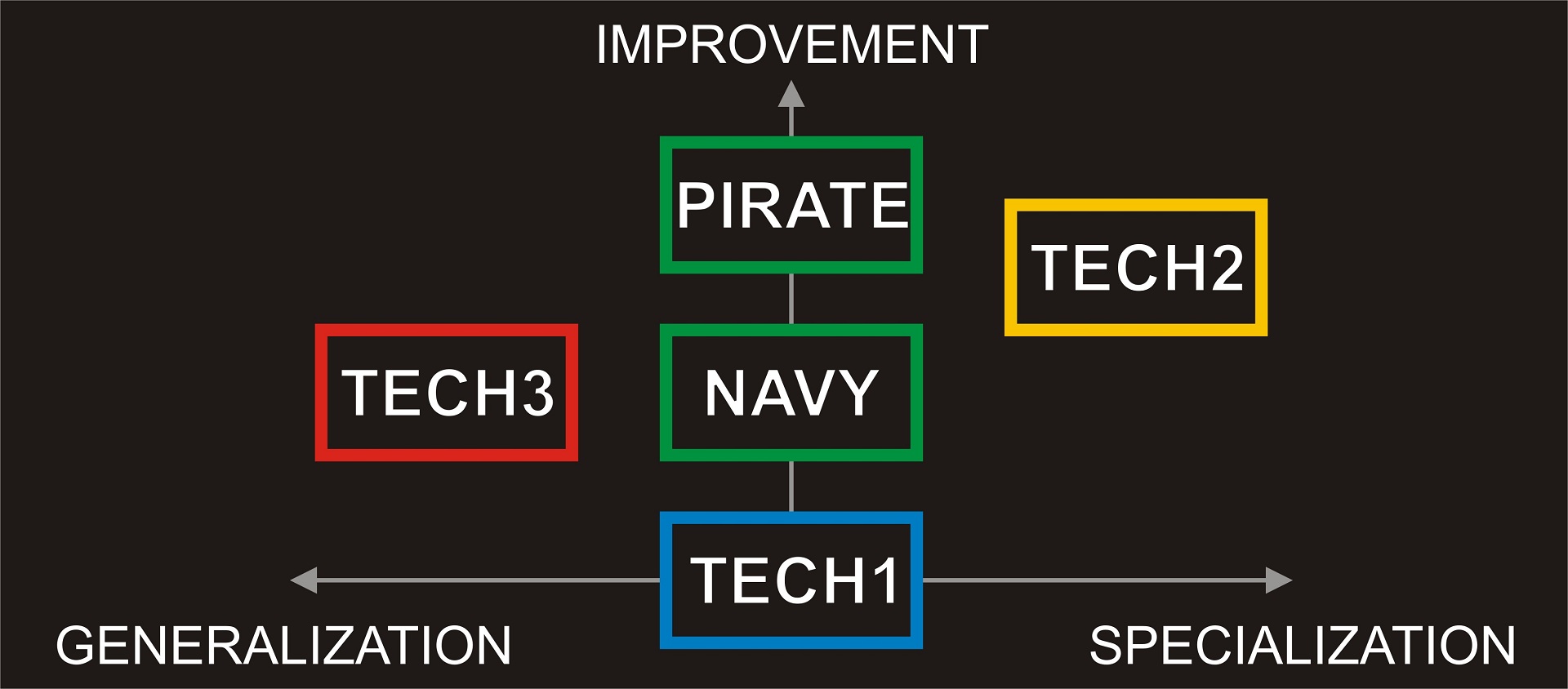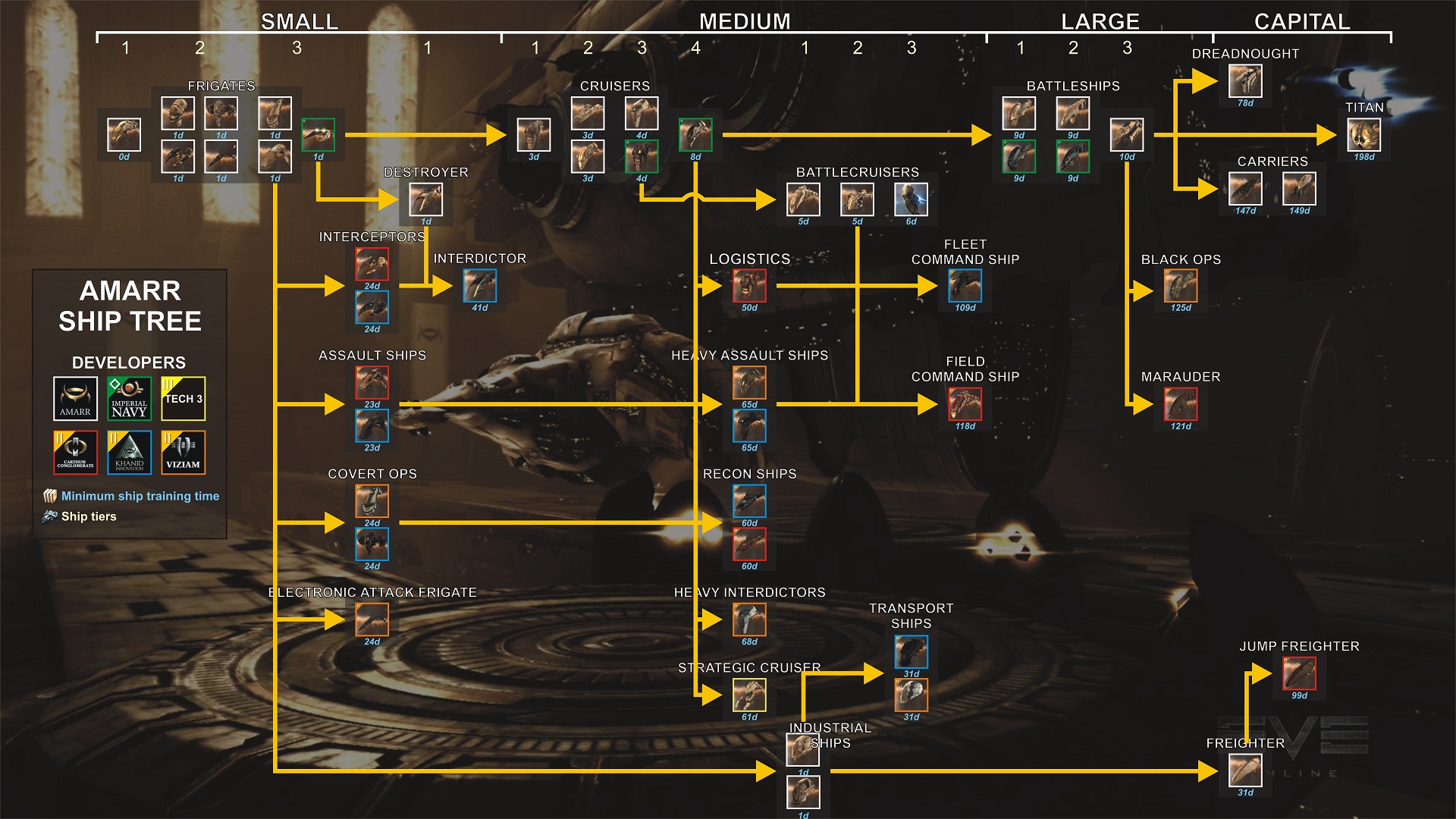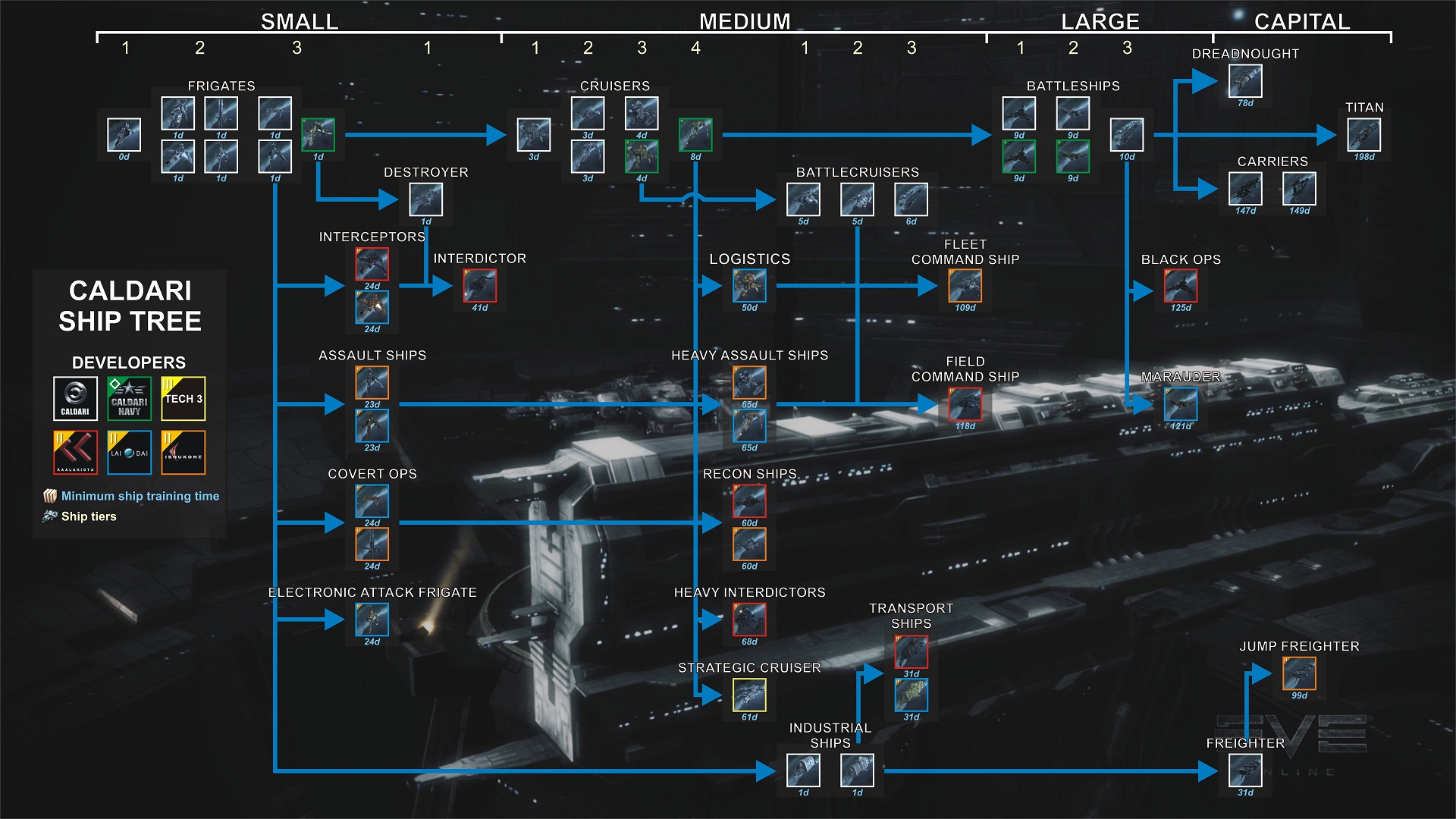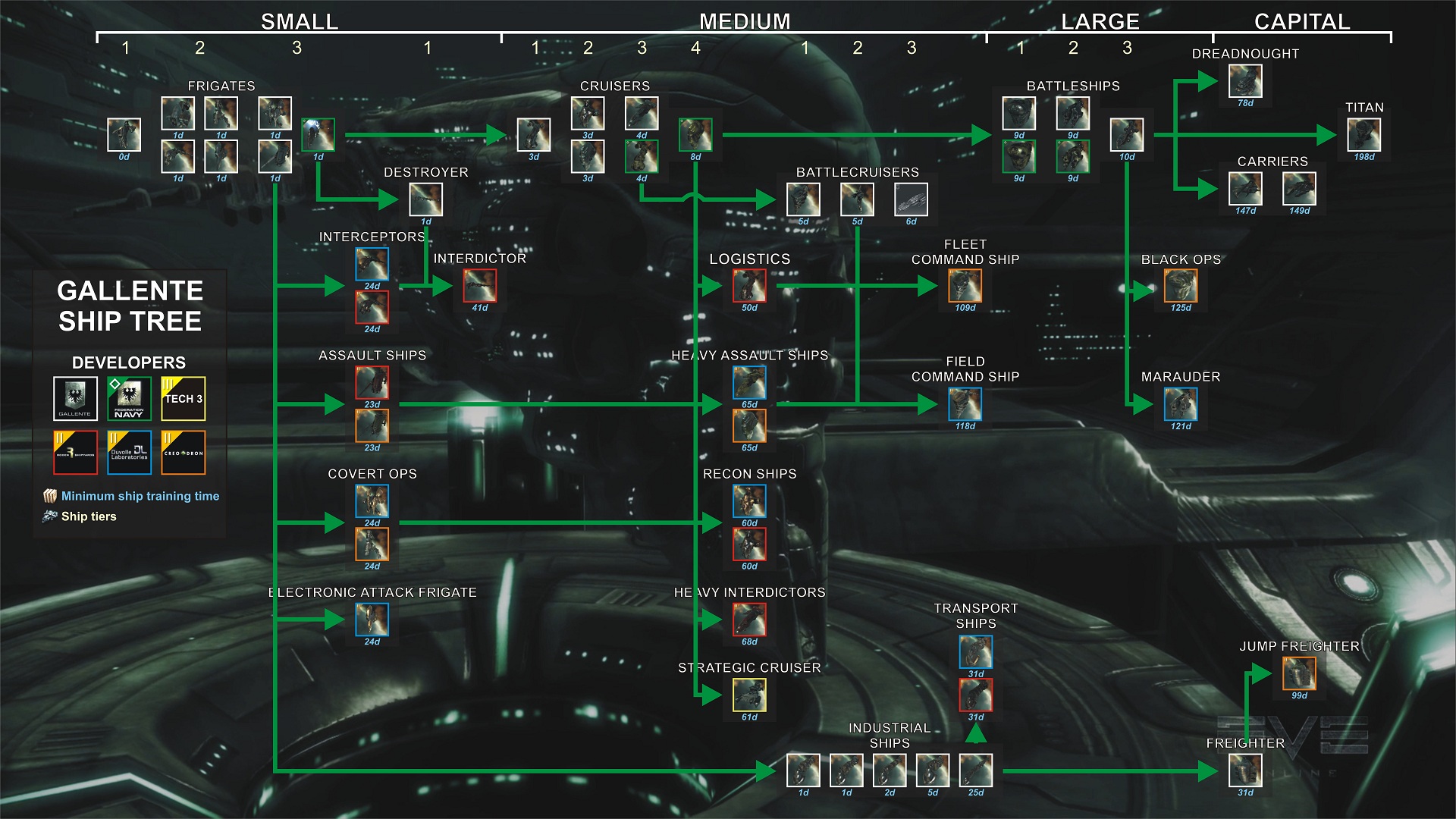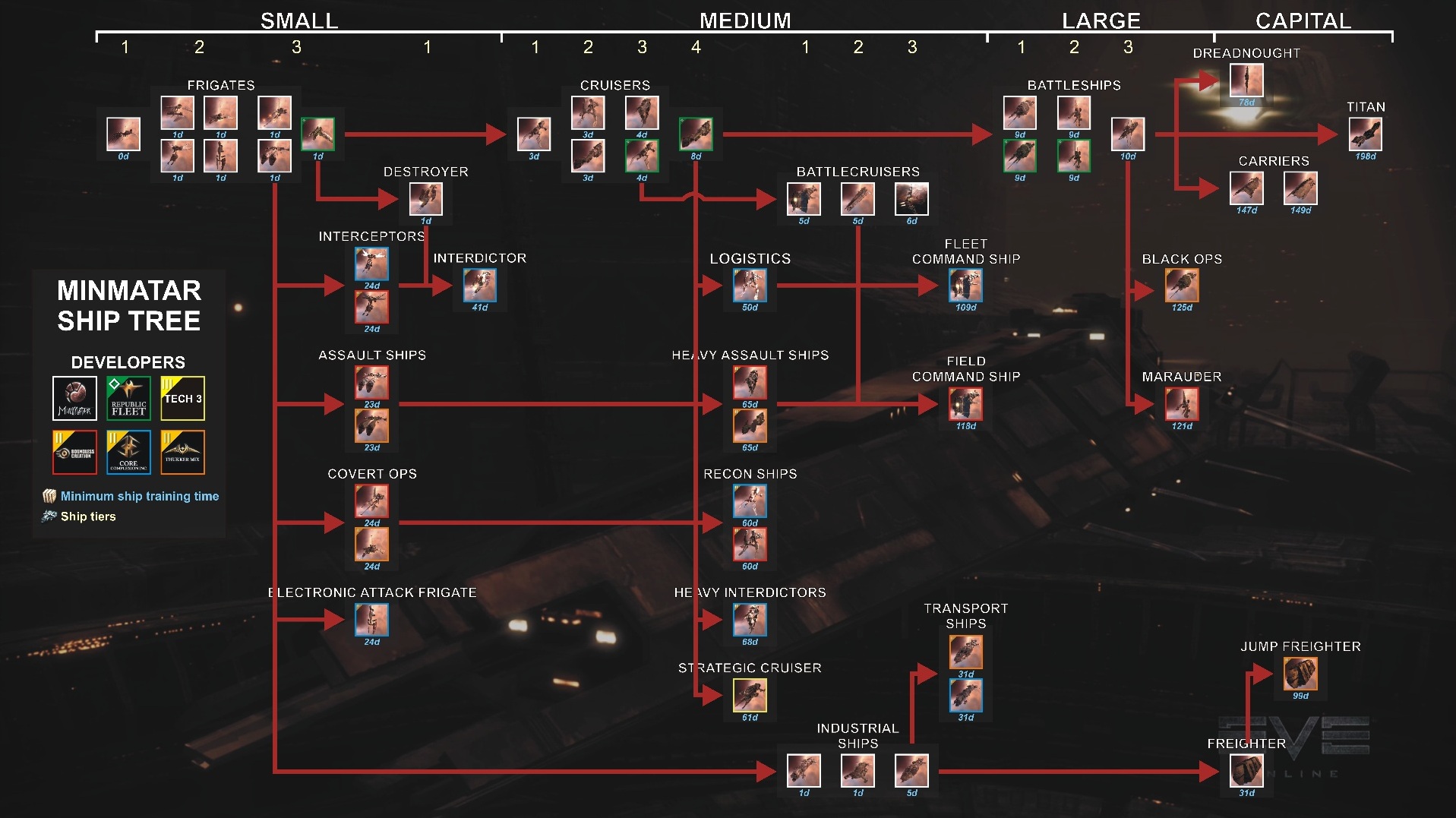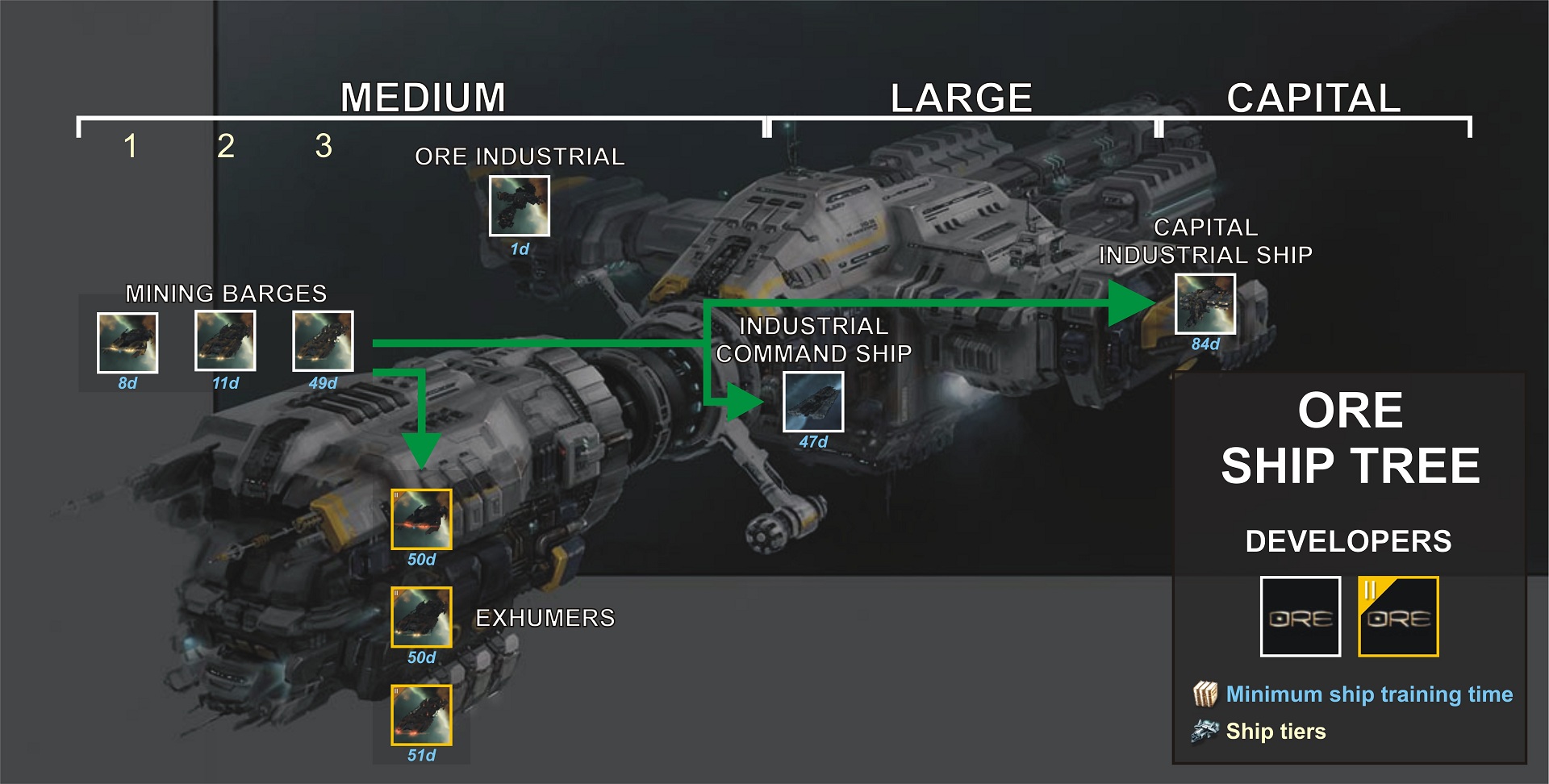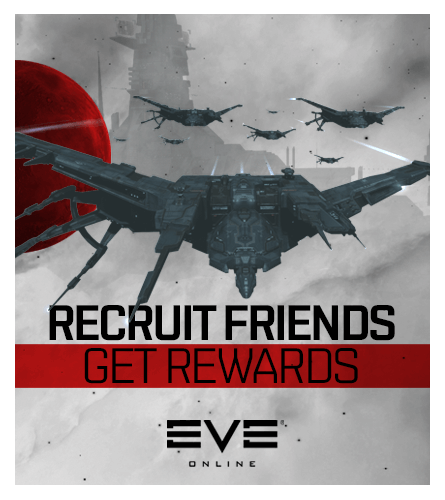Rebalancing EVE, one ship at a time
I always find it fascinating how the most life threatening issues often come up from the smallest, most innocent moves. For instance, you could enjoy a meal at home, drop the dirty cutlery into the sink with the firm intention to clean it the day after, only to realize two weeks have passed and the kitchen is now inhabited by a new indigenous, hostile life-form derived from all the junk you forgot to wash during that time.
The same shocking, and quite horrifying principles apply with ship balancing. Tweak things a little up, down, right, left and right again, then notice you are two years into the future and are now faced with a system that is in dire need of an overhaul. Identifying roots that need to be plucked out and preparing the soil for healthy balancing is a daunting task, but we now estimate to be in a proper position to give you a glimpse of things to come.
Climbing your way up is a bumpy ride
The first overhaul we are considering is to clean ship progression and skill requirements.
We currently have four racial skill requirements for Frigates, Cruisers, Battleships and Capitals, while the Destroyer and Battlecruiser skills are totally generic. This creates a certain number of issues, such as:
-
For tech 1 ships, training the Destroyer or Battlecruiser skill allows you mastery over all racial variants, provided you have their respective Frigate / Cruiser skills trained to 3. That means 12 ships unlocked by the Battlecruiser skill, for instance.
-
For tech 2 ships, it creates an overcomplicated nest of skill requirements, as you need both the Cruiser and Battlecruiser skills to 5 to train for a Command Ship for example.
-
It also impacts progression as a whole, as the Destroyer and Battlecruiser skills are not required to move into the upper classes at all. Training Battleships requires racial Cruiser at 4, not Battlecruiser.
Current ship progression:
Click to enlarge
As such, we want to streamline ship training by implementing the changes below:
-
Split Destroyers and Battlecruisers skills into 4 racial variants, and turn them into requirements for training upper classes. Amarr Battleship would now require Amarr Battlecruiser at 4.
-
Cut needless requirements for tech 2 ships across classes. Tech 2 philosophy is all about specializing into a specific hull and role, thus, requiring players to train for Assault Ships, then Heavy Assault Ships when aiming for Field Command Ships, is quite redundant.
-
Increase progression consistency by ensuring all navy ships and entry requirement for upper classes have a skill level 4 requirement, while tech 2 has a level 5 requirement. For example, that means lowering the Covetor's Mining Barge requirement from 5 to 4, but also reducing Battleship requirement from 5 to 4 for capitals.
New ship progression:
Click to enlarge
To sum up, this means that tech 1 sub-capital vessels would take a bit longer to train for (from 9 to 17 days for Battleships for instance), capitals would be less time consuming (30 days faster) and tech 2 ships like Interdictors and Command Ships would require 14-20 less days to train for.
If and when such changes occur, we would remove the generic Destroyer and Battlecruiser skills. That means getting race specific skills for the two ship types, which we will of course reimburse you in a fitting manner. While the exact plan for this reimbursement has not been nailed down completely, the principle of the reimbursement will be “if you could fly it yesterday, you can still fly it today.
However, reducing training requirements for various ship classes is not a side-effect we are necessarily happy with. That is why we want to introduce new skills, tied with the new concept of ship lines.
Stating the not so obvious
To understand what ships lines are all about, let’s recap the four theoretical factors that sort ships out:
- Size, fairly straightforward for being the most evident to grasp. Size impacts on module fitting requirements, mobility, replacement costs, required player experience, play session length.
Click to enlarge
- Tech, which impacts ship performance, and roles. Tech 1 is the reference in ship balancing, while faction ships (navy and pirate variants) are most often plain improvements, tech 2 offer a specialized purpose and tech 3 give opportunities for generalization.
Click to enlarge
-
Tiers, mainly used for tech 1 and faction ships. In each class, it influences how many slots, hitpoints, fitting options a ship has next to others, and is theoretically used as a progression system for players climbing up sizes.
-
Manufacturers, tech 2 schools that specialize in specific roles, like missiles for Khanid or sniping for Ishukone.
Combining all these elements, we arrive at the following ship trees:
Click to enlarge
Click to enlarge
Click to enlarge
Click to enlarge
Click to enlarge
In practice however, after assessing ship slots, EHP, speed, fitting potential and role overlap, we estimate almost half of our currently available ships to have suboptimal use, or are just be plain not worth it at all for pilots looking to min-max.
There are many reasons for that, one is due to the way we balance ships according to the tier system. Indeed, because the tier system dictates raw slots and hit points, it directly impacts ship performance, and thus affects balance. This is most obvious with the tier 1 versus tier 2 battlecruiser comparison, or even with the cruiser class as a whole. Battleship hulls, for having comparatively more base slots to play with, are less affected by this problem than their smaller counterparts.
Introducing ship lines
That is why we want to remove ship tiers altogether, then refocus our balancing philosophy to be based on role. That means finding common themes, or lines that fit ships with the same purpose, then adjusting slot layout, HP and fittings within each class to support this goal.
-
Combat ships: designed for direct fights, such vessels are usually found spear heading an attack force, or sniping from long range. Have great damage and defense, but poor mobility. A good representation would be 18th century "ships of the line". EVE examples: Abaddon, Rokh, Hyperion, Maelstrom, Ferox, Maller.
-
Attack vessels: Made for hit and run assault, or flanking opportunities. Have great damage and mobility, but average defense. Similar in role with cavalry. EVE examples: Armageddon, Megathron, Tempest, Oracle, Thorax, Hurricane, Dominix, Myrmidon.
-
Bombardment ships: provide heavy fire support to pin the enemy down with constant barrage of ordnance. Have great damage and range, average defense and mobility. Can be compared to artillery. EVE examples: Raven, Drake, caracal.
-
Support vessels: mainly focused on assisting a friendly force, or disrupting an enemy fleet. Have average damage, poor defense, average mobility. Electronic warfare is the prime illustration of this line. EVE examples: Scorpion, Blackbird, Celestis, Arbitrator.
-
Industrial ships: provide the mining and logistic backbone to replace military losses and cover operating costs. Poor offense, average defense and poor mobility. An Oil platform is a fairly accurate depiction of industrial ships . EVE examples: Covetor, Orca, Rorqual, Iteron V.
The advantages of such approach are multiple:
-
As said above, ships that desperately need slots or EHP to fulfill their role will get them.
-
Removing the tier system makes it significantly easier for us to balance ships, as there is no more artificial barrier dictating ship attributes within the same class.
-
It groups vessels into easily identifiable lines for each race and allow us to add new skills to support them. That is the purpose of the ship line skills mentioned above, which could further boost respective advantages. Combat ship line skills could give a bonus to defense, while attack ship skills benefit offense and mobility for example.
-
This opens up possibilities in terms of new ships. For example, why does the Amarr drone and tracking disruption line ends with the Arbitrator? Or the Gallente drone and dampening abilities stop with the Exequror? Can’t Minmatar use short range missile platforms to make use of that target painting bonus?
Paving the way for the future
So, how does all that affect you? Starting with EVE Online: Inferno, we will begin revamping ship classes one after the other, making sure obsolete hulls serve a purpose. This is still in the research phase and constructive feedback is most appreciated while we wait for the next ship balancing blog to come out, dedicated to how such changes will impact the Amarr Empire fleet.
Catch CCP Ytterbium and his game designing friends at Fanfest 2012 and chat with them about ship balancing or anything else that's on your mind! More information on Fanfest topics, tickets and travel can be found here.
New to EVE? Start your 14-day free trial today.
Returning pilot? Visit Account Management for the latest offers and promotions.



